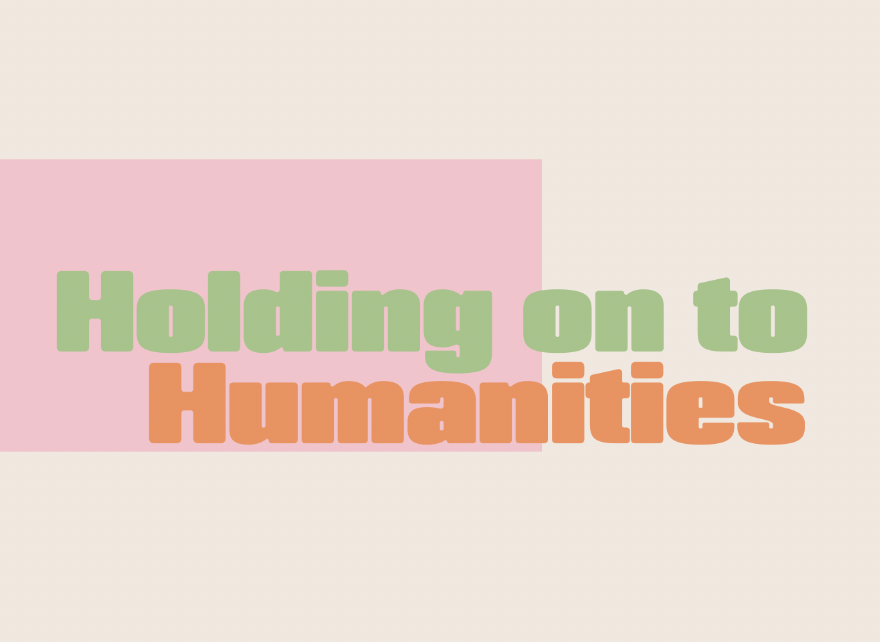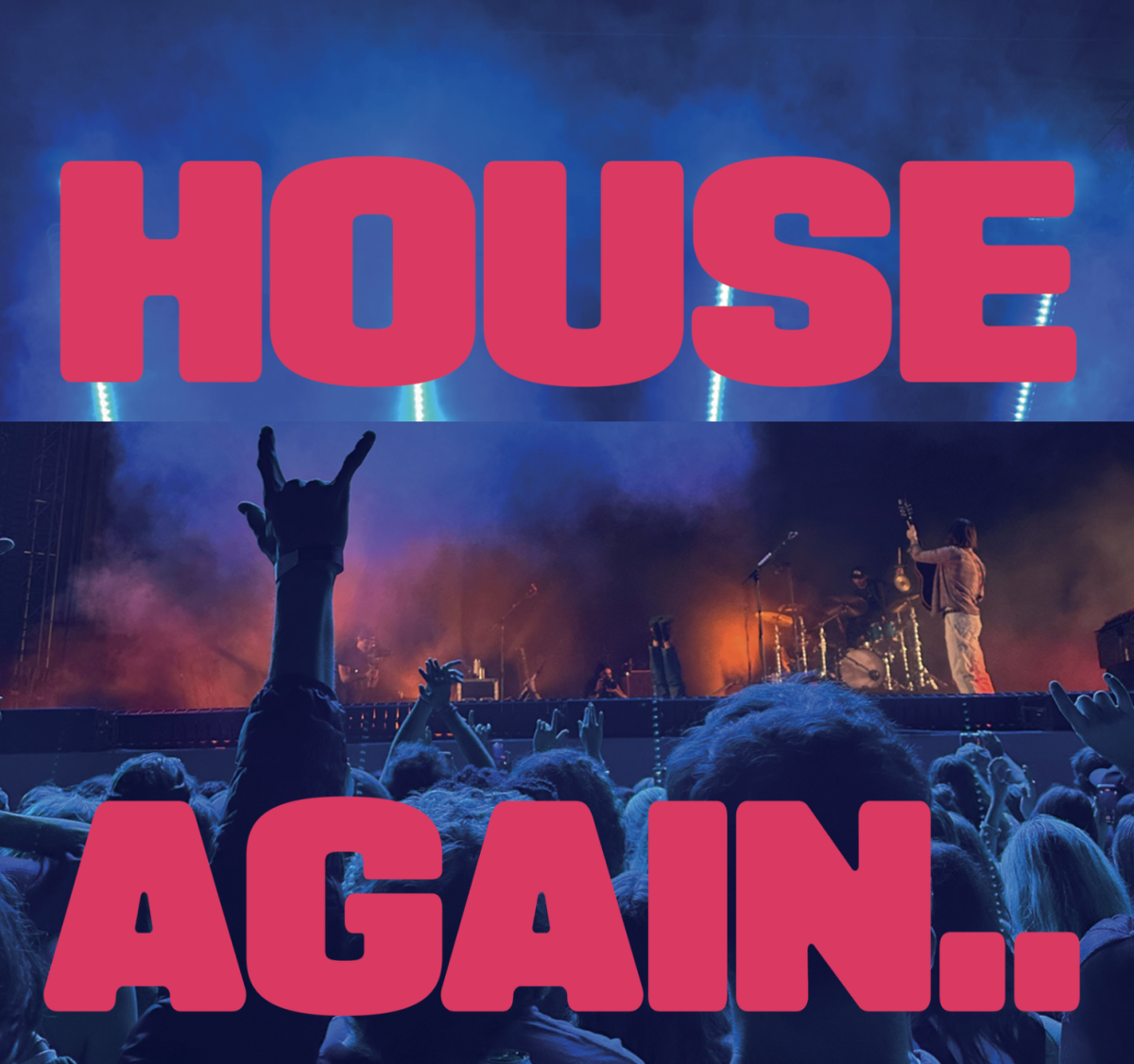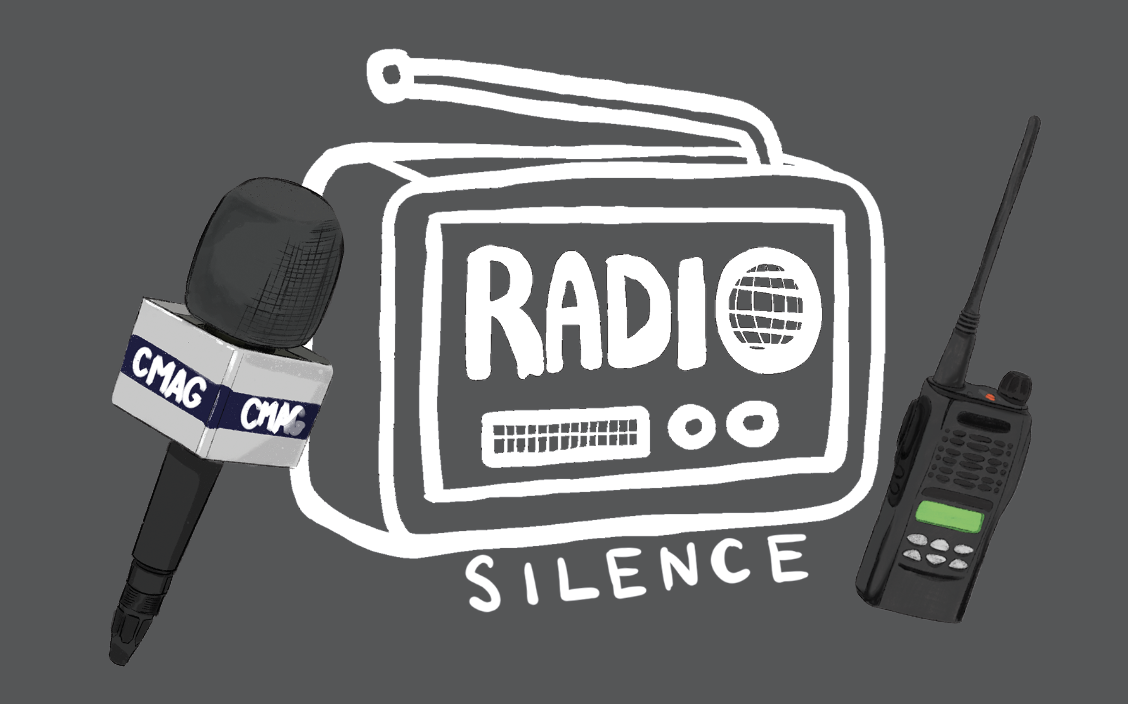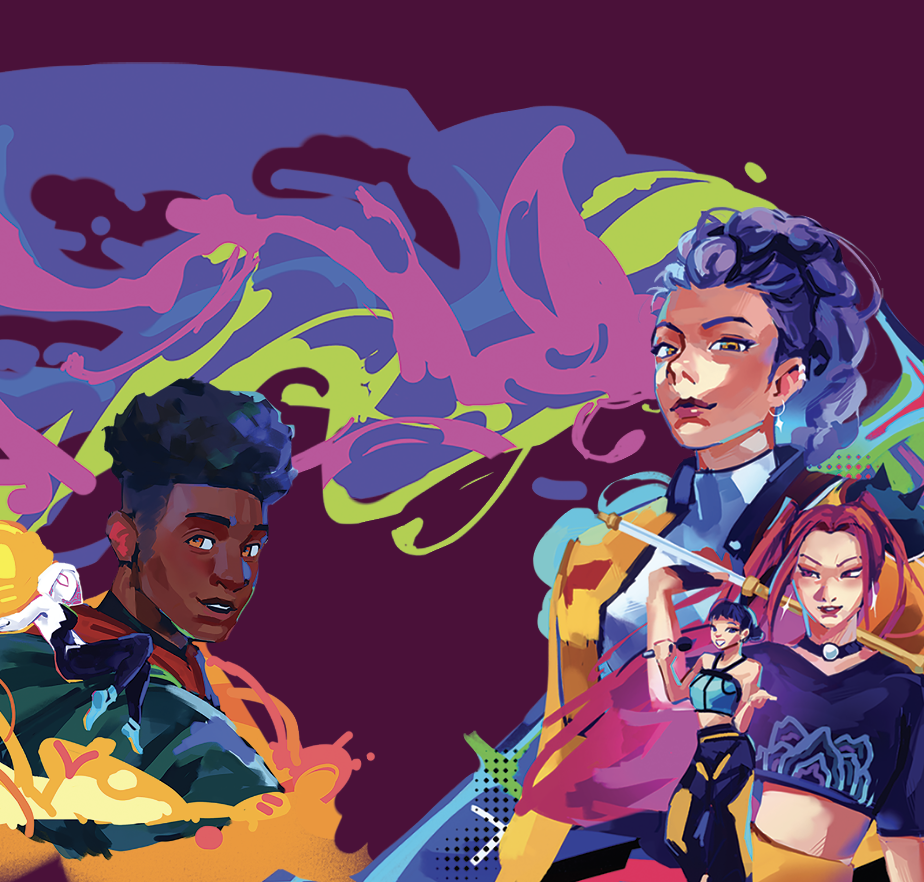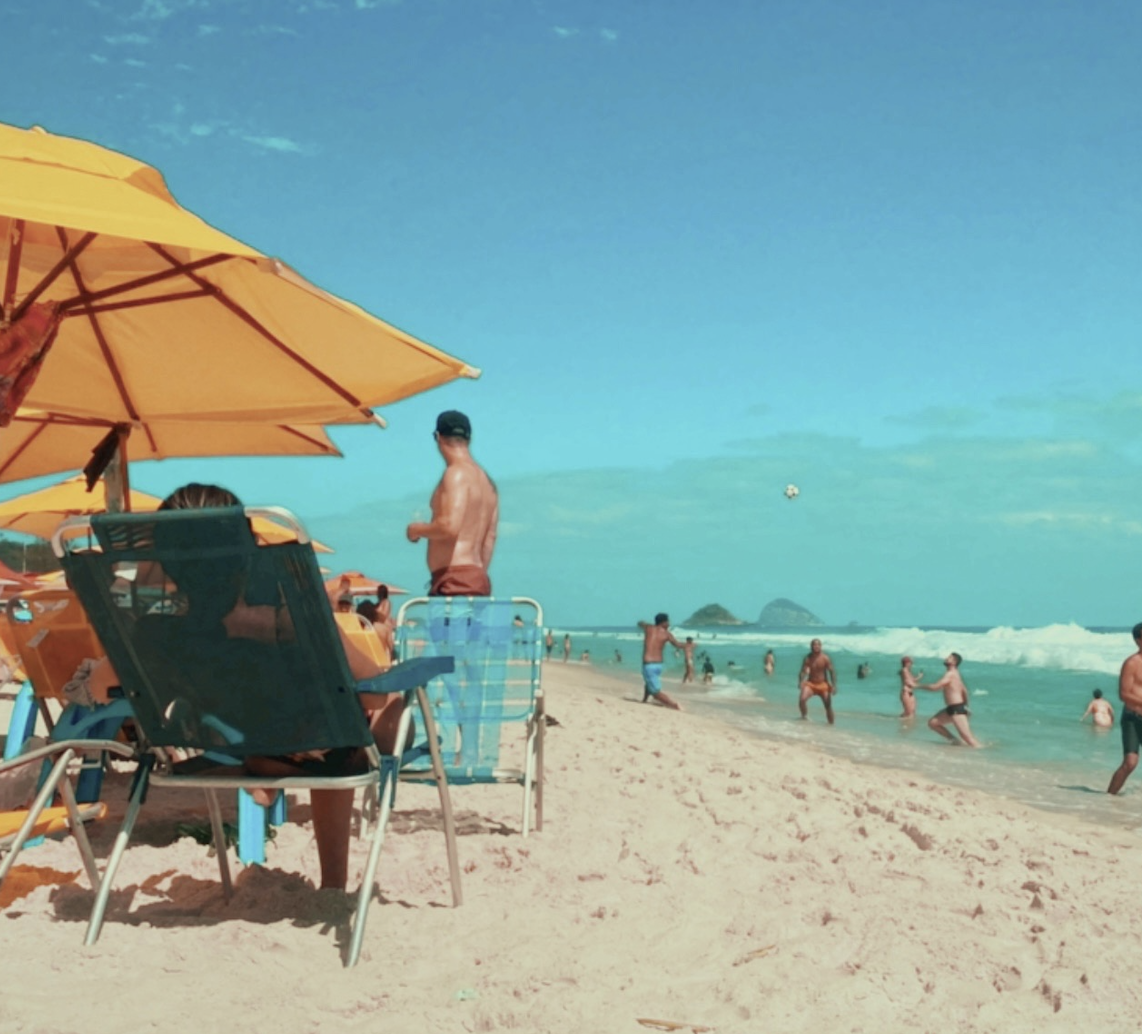In today’s world, social media’s presence is unavoidable — scroll through TikTok, Instagram or a viral YouTube channel, and it is nearly impossible to evade the curated lives of celebrities. Their profiles are formulated and built to portray perfection; We are often led to believe that they are flawless, glamorous and devoid of the struggles faced by everyday people. However, this portrayal could not be further from reality.
Beneath the filters, likes and comments, celebrities are real people who are being dehumanized due to their success and fame in a society that views celebrities as icons rather than people. Some of social media’s favorite celebrities struggle with pressures — whether it be from dealing with constant public scrutiny, aggressive paparazzi or the plethora of mental health issues that come with fame.
American actor Josh Hartnett, best known for his role as Danny Walker in the film “Pearl Harbor”, has experienced aggressive paparazzi, ultimately leading to his decision to leave Hollywood. In an interview for Yahoo Australia in 2021, Hartnett reveals how his safety was under constant threat during his rise to fame.
“Because you had roving gangs of paparazzi, and they were gangs, like they were actual groups of kind of scary men who had no scruples about getting into your space and invading your privacy in your house and all sorts of things,” he said.
Many celebrities are stopped, followed and even stalked in extreme cases. Marilyn Monroe was constantly trailed by paparazzi, while the Beatles would be chased by fans, jeopardizing their safety. Many other celebrities also have a hard time adjusting to their fame. In an interview with Allure, American singer Billie Eilish discusses her experience with this lack of privacy.
“When I think too much about it, how I can never have privacy again, it’s enough to make you want to do all sorts of crazy things,” Eilish said.
Considering the consequences of constant public scrutiny, Paly Junior Emily Tang highlights the risks celebrities face.
“I think the more a person shares with the public, the more vulnerable of a position they’re putting themselves in,” Tang said. “I don’t necessarily think being a social media influencer is dangerous, but I think posting on social media with a platform no matter how big or small is subjecting yourself to comments both positive and negative.”
To avoid the overwhelming paparazzi presence, some celebrities would try to conceal their identities when in public. Leonardo DiCaprio, for example, is often seen with his head covered by bags, hats, hoods and various other objects.
The measures that celebrities will take to swerve paparazzi emphasize that their privacy is invaded far too often. News articles are another way that the privacy of celebrities is disrupted, often misrepresenting what celebrities do and say by exaggerating events to attract views. Effects like bolded titles may grab the attention of viewers but don’t necessarily reflect the reality of celebrity life.
An example of this is Selena Gomez and Hailey Bieber, who have been consistently pitted against each other because of their relationships with Justin Bieber. Fans and social media have dissected their posts, interactions and appearances, coming up with “Team Selena” or “Team Hailey” to take digs at them. This happens often with female celebrities — they are framed as rivals or enemies even when the situation is not as dramatic as it is made out to be.
Another example of this is between Beyoncé and Rihanna, who are both successful women in the music space. However, both of the women’s success is often used to make comparisons in the media.
Tabloids and fans have pitted them against each other, debating who is more talented and successful. Headlines like “Rihanna vs. Beyoncé: Who Reigns Supreme?” imply that one’s achievements disregard the other. This is another way for tabloids to draw attention and boost their views.
Journalists capitalize off of big stories, and therefore, by capturing dramatic moments and scandals in celebrities’ lives, they are able to draw more attention and capture more views.
Although most interviews and stories about celebrities are not accurately displayed to the public, Jules Lavellee, an award-winning journalist focused on interviewing celebrities, goes into interviews with an authentic approach.
By allowing for stories to be told through an accurate lens without overemphasizing publicity, celebrities’ opinions could still be displayed without having to sacrifice their well-being.
“I include everything unless the word count is way over,” Lavallee said. “Celebrities are on a big stage and accuracy about what they say is key to protecting their image in the public eye … People pay attention to celebrities. I want everyone to have the same platform to share their stories.”
Constantly being in the spotlight can be difficult, especially when inaccurate information is being spread to the world. Celebrities are already forced to put their whole life on display, where every move is captured, and every wrong move can automatically change their life.
Paly senior Lily Mccue shares her thoughts on the pressures of being in the public eye.
“Being in the public eye 24/7 can take a toll on someone, especially because they lose themselves in who they’re portraying themselves as,” Mccue said. “Teen influencers, who mainly have an audience of younger kids, can’t do anything without getting hate. … They have this pressure to act perfect, and they get a lot of hate for it.”
For a long time, many celebrities have kept to themselves regarding mental health-related topics, but these days it is becoming increasingly common for celebrities to advocate for mental health awareness.
An editorial article written in 2022 by Petra Gronholm and Graham Thornicroft for the National Library of Medicine discusses the positive impact of celebrities.
“Celebrities’ disclosures of mental health conditions are seen as potentially positively influencing health behaviors such as help-seeking and changing public attitudes towards people with mental health conditions.” Gronholm said.
Celebrities such as Selena Gomez, Ariana Grande and Lady Gaga have all actively supported mental health awareness. Gaga even started a non-profit organization called the Born This Way Foundation, which supports the mental well-being of young people. Their personal experiences with mental health issues has led them all to open up online.
Gomez also created the Rare Impact fund, which contributes a percentage of Rare Beauty’s sales to mental health organizations.
During Gomez’s Bright Minded interview with Miley Cyrus, Gomez said, “Recently, I went to one of the best mental hospitals in the world. … I discussed that after years of going through a lot of different things, I realized that I was bipolar. When I have more information, it actually helps me.”
American pop star Camilla Cabello discusses body image in an article from People Magazine.
“I’ve worn bikinis that were too small and paid no mind to how I looked,” Cabello said. “Then, I saw pictures online and comments and was so upset. I held my core so tight [that] my abs hurt and didn’t breathe and barely smiled and was so self-conscious of where the paps were the whole time.”
Like everyone else, every celebrity has a different experience.
Associate Professional Clinical Counselor (APCC) Deirdre Nagayama shares both sides of fame.
“Some athletes and celebrities thrive in the spotlight, having a voice, an income stream and constant adoration of fans,” Nagayama said. “Others have suffered [from] having their life in the spotlight as they’ve made mistakes that were broadcast for all to see and scrutinize.”
As more and more celebrities advocate for mental health, more people will be encouraged to seek help without fear of judgment. Celebrities, like everyone else, are real people with emotions, seeking help is a sign of strength, not weakness, and mental health issues affect everyone.
“One of the lives great mysteries is what breaks one person, might make another person stronger.” Nagayama said.



